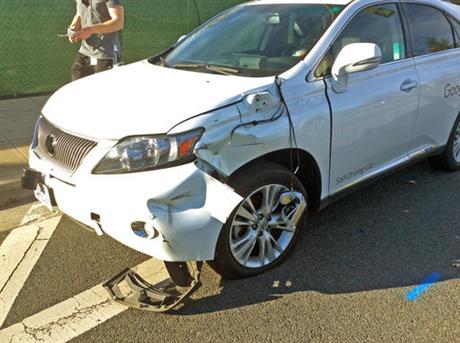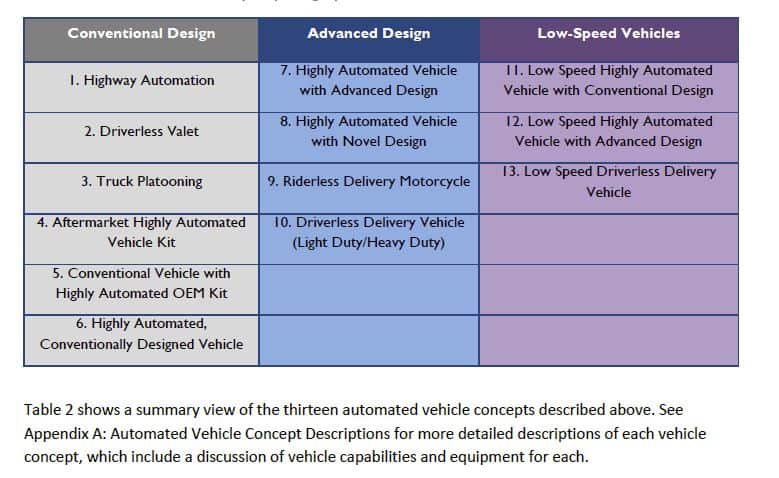 The U.S. Department of Transportation’s National Highway Traffic Safety Administration will hold two public meetings this spring to gather input as it develops guidelines for the safe deployment of automated safety technology. The meetings, to be held in Washington, D.C., and California, will gather information on a series of issues related to safe operation of automated vehicles as part of NHTSA’s efforts to provide manufacturers with operational guidance.
The U.S. Department of Transportation’s National Highway Traffic Safety Administration will hold two public meetings this spring to gather input as it develops guidelines for the safe deployment of automated safety technology. The meetings, to be held in Washington, D.C., and California, will gather information on a series of issues related to safe operation of automated vehicles as part of NHTSA’s efforts to provide manufacturers with operational guidance.
The agency on Friday released an initial assessment of current Federal Motor Vehicle Safety Standards that identifies key challenges in full deployment of automated vehicles. The report, prepared by USDOT’s Volpe National Transportation Systems Center, found that there are few existing federal regulatory hurdles to deployment of automated vehicles with traditional designs and equipment to accommodate a human driver.
The Volpe team conducted two reviews of the FMVSS: a driver reference scan to identify which standards include an explicit or implicit reference to a human driver and an automated vehicle concepts scan to identify which standards could pose a challenge for a wide range of automated vehicle capabilities and concepts. In summary, the review revealed that there are few barriers for automated vehicles to comply with FMVSS, as long as the vehicle does not significantly diverge from a conventional vehicle design. Yet, automated vehicles that begin to push the boundaries of conventional design (e.g., alternative cabin layouts,alternative cabin layouts, omission of manual controls) would be constrained by the current FMVSS or may not fully meet the objectives of the FMVSS.
Many standards, as currently written, are based on assumptions of conventional vehicle designs and thus pose challenges for certain design concepts, particularly for ‘driverless’ concepts where human occupants have no way of driving the vehicle. Some constraints, of course, may be warranted; this work does not assess the merits of potential future requirements for such vehicles.
Many standards, as currently written, are based on assumptions of conventional vehicle designs and thus pose challenges for certain design concepts, particularly for ‘driverless’ concepts where human occupants have no way of driving the vehicle. Some constraints, of course, may be warranted; te work does not assess the merits of potential future requirements for such vehicles.
The Volpe Center produced the report at the request of NHTSA and DOT’s Intelligent Transportation Systems Joint Program Office.
“The Volpe Center report is a great first look at the current standards, and it highlights the need for the actions Secretary Foxx outlined in January,” said NHTSA Administrator Mark Rosekind. “It also shows there are few current restrictions on some automated vehicle concepts, which highlights the need to establish clear expectations for their safe operation. At the same time, for other vehicle designs, the agency has more work to do to ensure the safety of new innovations, and we look forward to learning more from stakeholders as we start that work.”
NHTSA will hold its first public meeting on April 8 at USDOT Headquarters in Washington, D.C. Details on date and location of the second meeting in California, as well as how members of the public can participate, will be published soon.
